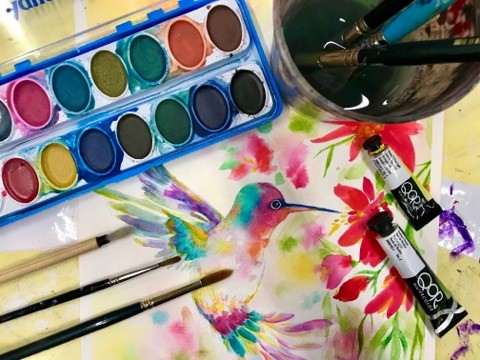
Ever wanted to try watercolours but didn’t know where to start? Well you’re in the right place! We will talk about types of paper, paint, brushes, and different techniques to get you started.
Paper
When using watercolour you will need a thick, absorbent paper. Paper like printer paper or sketching paper will not work and you will end up with a sad, soggy, buckled paper. Watercolour paper comes in different thicknesses and will say somewhere on the package of paper. The higher the “lb”, the thicker the paper will be and the less it will buckle. 140lb paper is a good paper to start on. The package should also say if the paper is “hot pressed” or “cold pressed”. Hot pressed paper is smoother. Cold pressed paper has more texture and tooth and absorbs water quicker.
Paint
Watercolours come in dry or semi-dry cakes in pans, a paste in tubes, liquid in bottles, pencils, and even markers nowadays! Most commonly used watercolours are in pans and tubes. Tubed watercolours are more concentrated and rich and can be diluted with water.
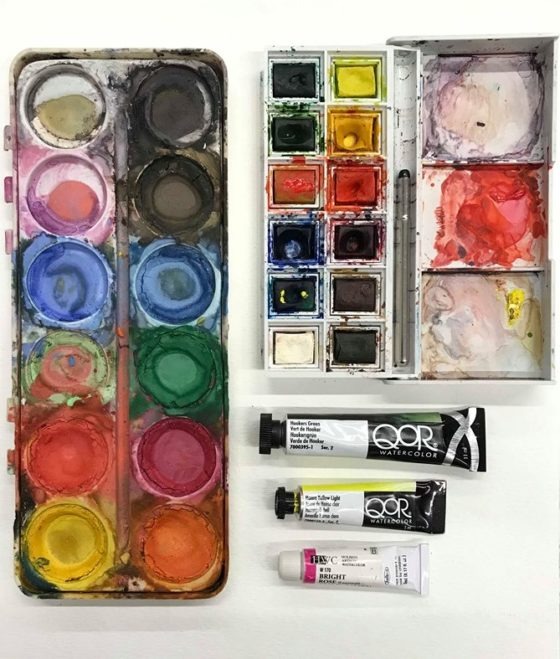
Brushes
A good quality watercolour brush is a must! Watercolour brushes are different from brushes used for acrylic paint or oil as they are softer, absorbent and hold more water. Having one medium round brush and one large flat brush is good for beginning.
Techniques
- Wet on wet
- Wet on dry
- Flat wash
- Gradient
- Wax resist
- Salt
Practice these techniques as you will find yourself using these very techniques in every watercolour painting.
Wet on wet
Dip your brush into water and apply a thin layer to the paper. Make sure not to use too much water. While the paper is still wet, apply your paint on top. The paint will go where the water is. This technique is good for blending and creating soft edges.
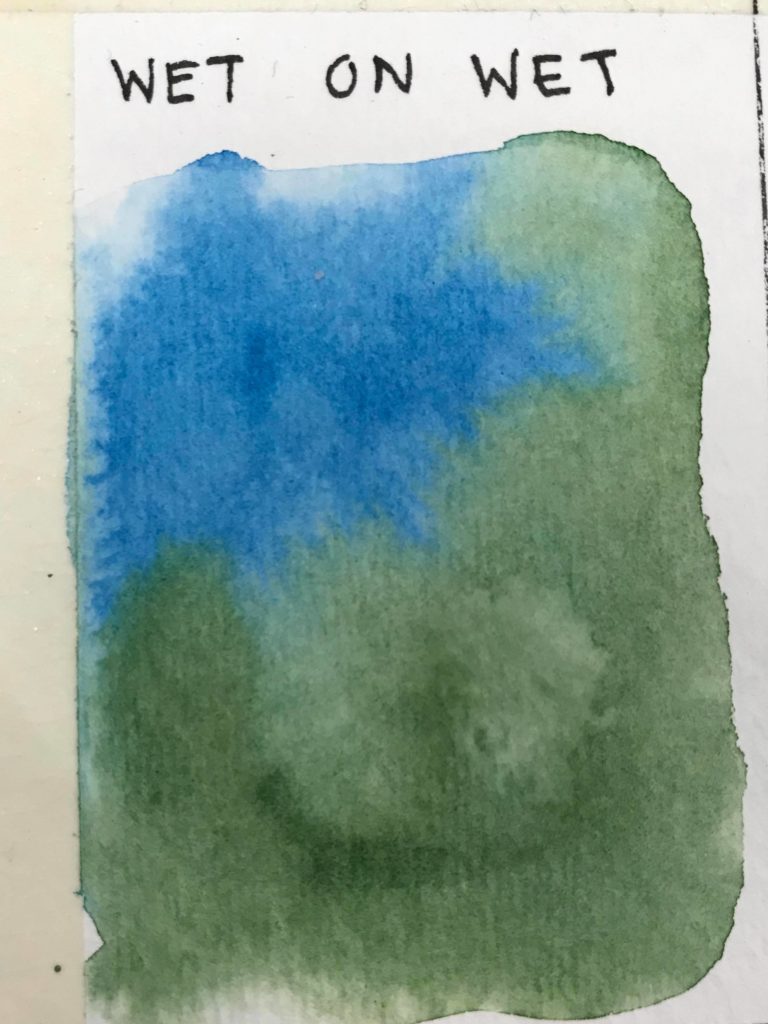
Wet on dry
For this technique you do not wet the paper first. Just apply the paint you have mixed with water straight onto the dry paper. This technique allows for more defined lines and control of the paint.
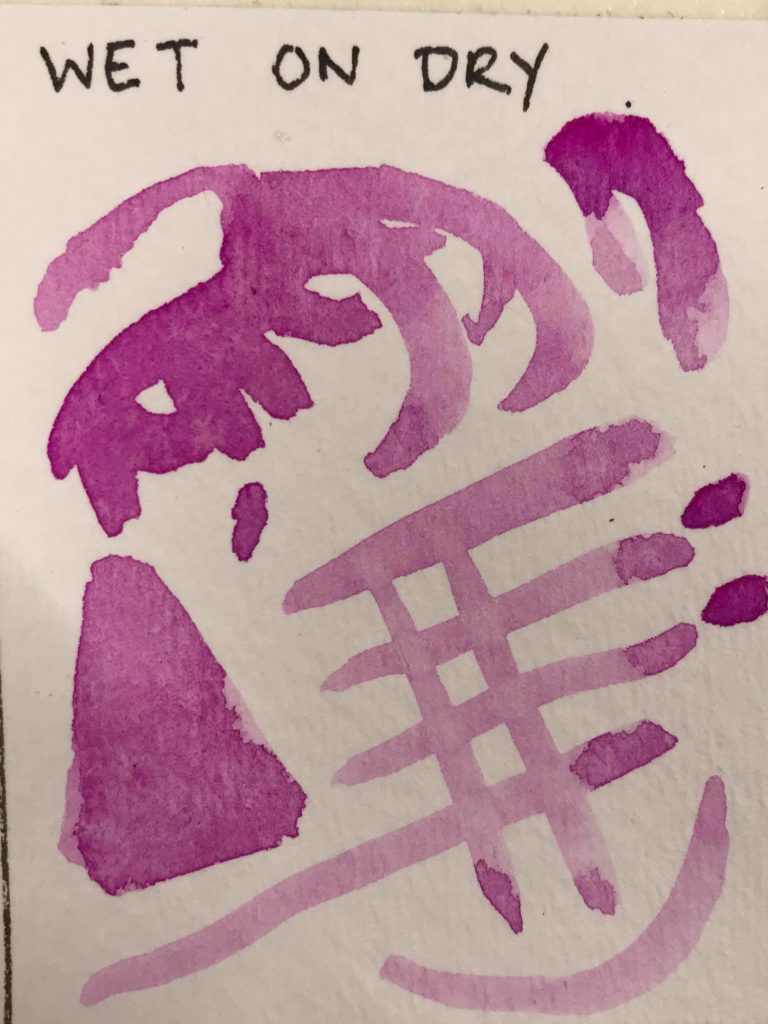
Flat wash
A flat wash is a layer of even colour across the whole area you are painting. Using a large flat brush loaded with paint, go over the paper going left to right making sure there is an continuous, even layer of colour. A good tip is to mix up enough paint so that you do not have to stop in between. Stopping in between brush strokes can allow the paint to dry leaving noticeable brush strokes and lines. This technique is good for backgrounds such a sky. You can also do a flat wash using the wet on wet technique.
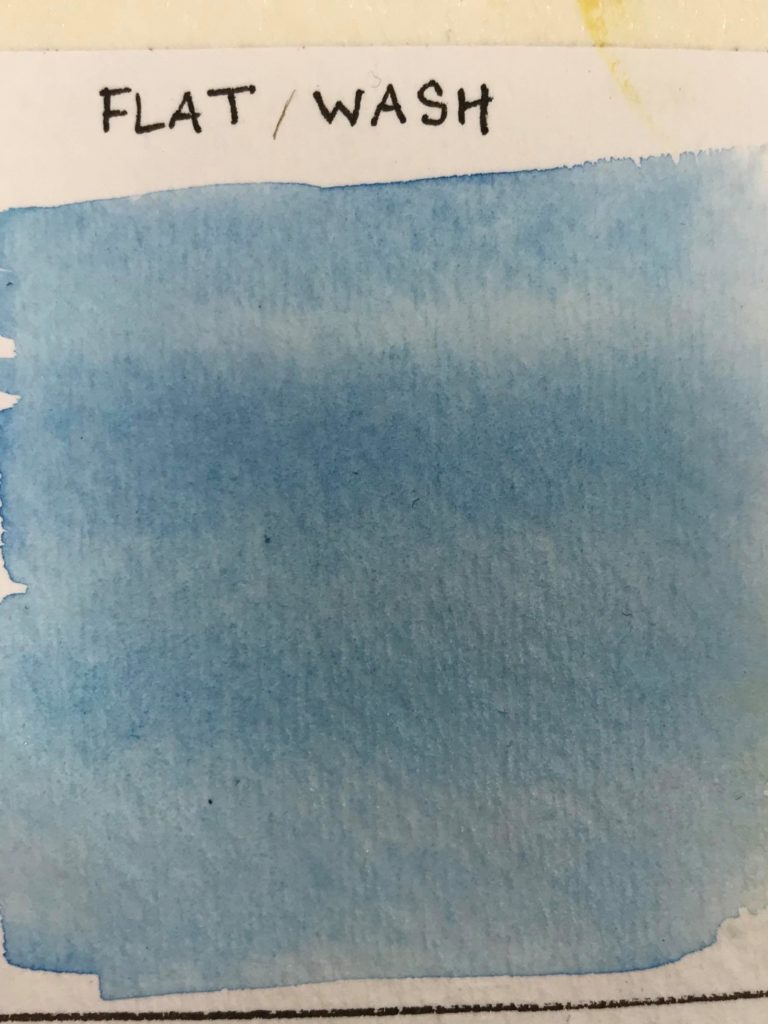
Gradient Wash
A gradient wash is just like a flat wash but goes from dark to light. Wet your paper with a thin layer of water. Load your brush up with paint and start at the top of the paper. Continue going left to right down the page. If the colour is still too dark as you are going down then add some water to your brush.
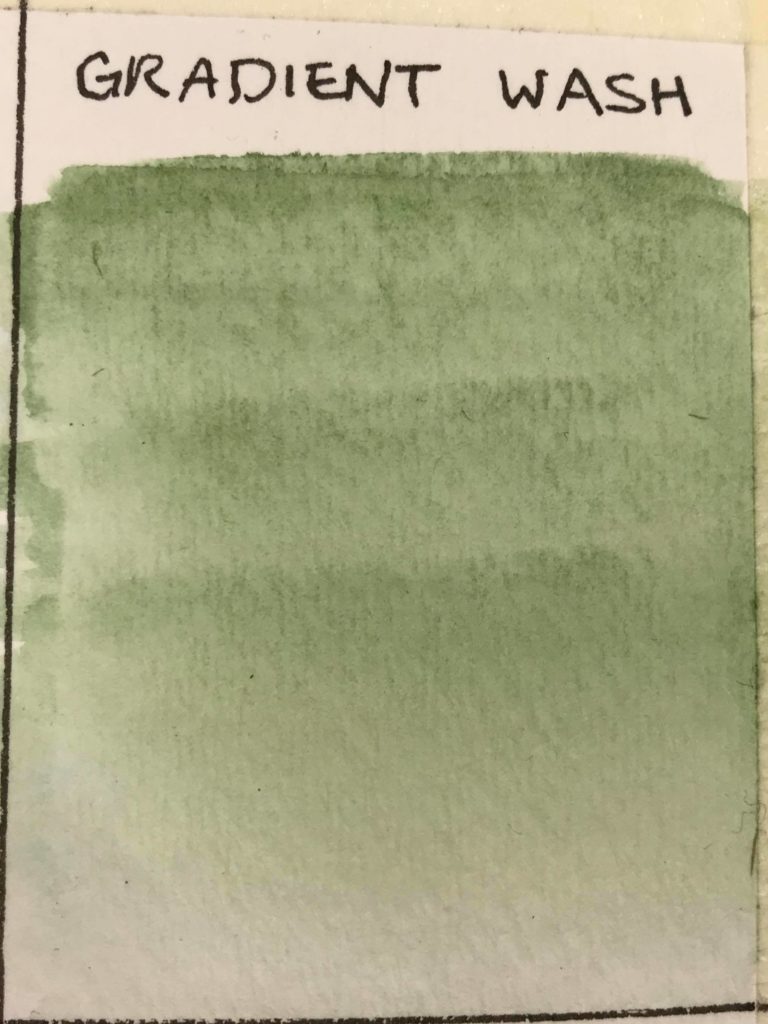
Wax Resist
Using a crayon, draw onto the paper. The wax will create a resist not allowing the paint to go through. Apply paint on top.
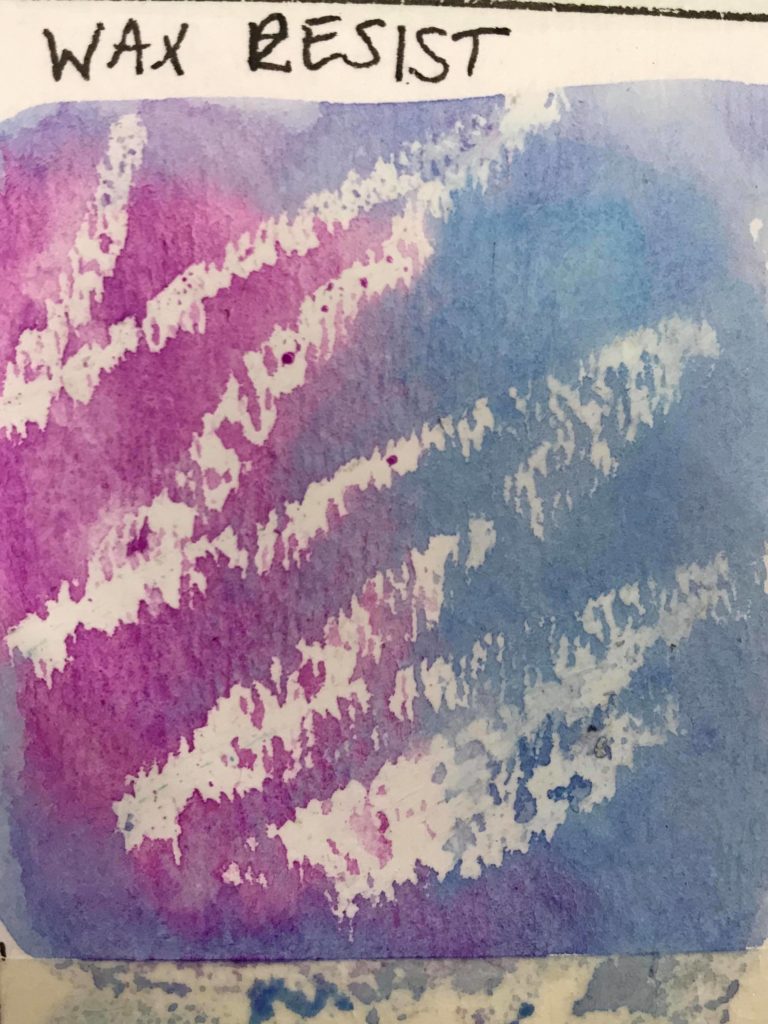
Salt
Apply paint onto the paper. While it is still wet, sprinkle some salt on top. The salt will soak up some of the paint. Leave to dry and brush off excess salt. The end result is a cool crystallized effect. It is great for mimicking frost! Table salt works fine. You can also use rock salt and course salt for bigger crystals.
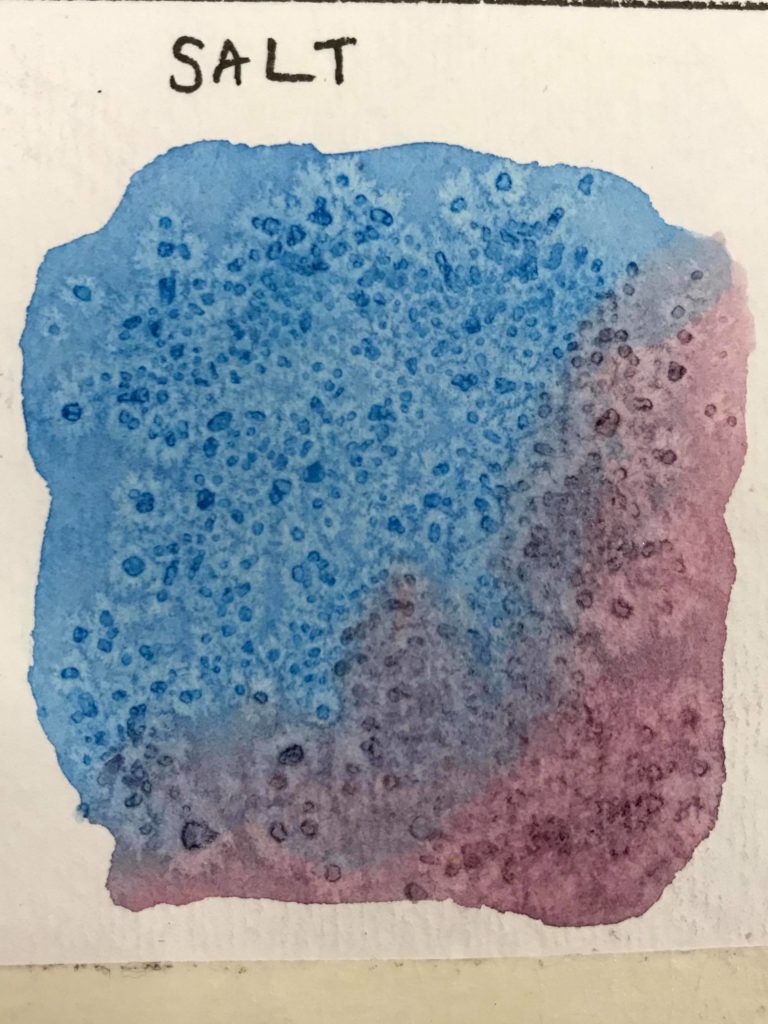
Tips
-use two containers of water! One container for dark colours and one lighter colours to avoid muddying up the paint. Also have a paper towel next to you to dry off water from your brush.
-minor mistakes or colours can be lifted off if they are still wet using a paper towel
-timing and proportion is key but it also takes a bit of practice and getting used to so experiment and practice on scrap pieces of paper.
-to avoid buckling of the paper, tape down the edges with masking tape. It’ll also leave a nice, crisp border when you are done!
-learn simple colour theory and mix up colours on another sheet.
-water is like your “white paint”. You will notice that white watercolour is not commonly used. Water will dilute your paint making it lighter just like a white paint would.
-Practice! Watercolour can be tricky but with practice and time you will get the hang of it. Watercolour can also be full of surprises but even mistakes can be turned into something great! Remember to take breaks, paint with other people to share techniques and inspiration, and use resources such as online videos or books from the library.
Happy painting!

